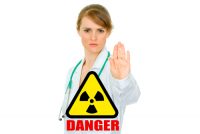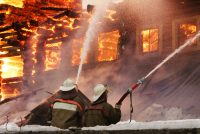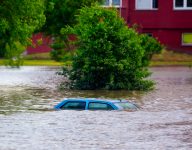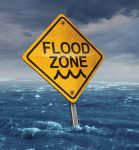Category: Emergency Preparedness and Response
No one wants it to happen, but an emergency, natural or manmade, can strike at anytime, 24/7. What’s more, it need not be a major, nationally-televised incident, such as a hurricane, earthquake, or act of political terror. An event as common as a local building fire can present just as large a challenge to you. These resources will help you create a plan for handling such crises, whatever their scope, and to carry it out in a way that best protects your employees and your company.
The polar vortex and the Arctic blast may sound like the names of frozen treats from your local ice cream shop; sadly, you’re not likely to top off the real thing with whipped cream and colorful sprinkles. These blasts of frigid air and accompanying winter weather can do real damage—some of which might require a […]
HAZWOPER Medical Surveillance FAQs—Part 2 Q: At what time(s) are medical examinations and consultations required for employees covered under the HAZWOPER regulations? A: The frequency requirements for medical examinations and consultations are established as follows: For employees covered under 1910.120(f)(2)(i), (ii), and (iv), employers must make medical examinations and consultations available: Before assignment, At least […]
HAZWOPER Medical Surveillance FAQs—Part 1 Q: Which employees must employers include in a medical surveillance program? A: According to 29 CFR 1910.120(f)(2)(i)–(iv), employees who meet the following requirements must be included in a medical surveillance program: All employees who are or may be exposed to hazardous substances or health hazards at or above the permissible […]
EPA Adds New TRI Reporting Category for Nonylphenol Section 313 of the Emergency Planning and Community Right-to-Know Act (EPCRA) requires facilities that manufacture, process or otherwise use chemicals listed in the TRI to report a variety of data regarding those chemicals. The EPA is authorized to add new chemicals to the TRI when those chemicals […]
8 Recommendations for Meth Lab Clean Up 1) Due to the dangers associated with meth labs from the drug itself and other chemicals used in the manufacturing process, hiring a contractor can be the best option. However, the EPA recommends several things be considered first: Does the contractor have hazardous waste experience, and is the […]
A Regulatory Review for Meth Lab Clean Up The illegal manufacturing of meth is occurring nationwide in cities and towns, homes and businesses, and even in vehicles. It can be accomplished using over-the-counter drugs and household chemicals such as ammonia, solvents, muriatic acid, and even salt. Due to the variety of “recipes” for “cooking” meth, […]
In yesterday’s article, we looked at a few situations that can arise in a real fire that you might be overlooking in your fire safety training. Today, we’ll look at two more possibilities your employees need to be prepared to face, and what you can do to keep your fire safety preparation real.
What did your last fire drill look and sound like? Was it a calm and quickly executed affair: The fire alarm sounded and everybody calmly walked out through their nearest exit and went to the assembly point? Congratulations: Your workers know how to get out of the building when there’s not actually a fire. During […]
Overall Strategies for Flood Recovery and Resilience—Part 2 After fully assessing policies and regulations at both the local and state levels, the next strategy is amending zoning, subdivision, and stormwater policies and regulations to match plans. Although the team recommends tailoring options to the specific needs and attributes of each community, they established four categories […]
Overall Strategies for Flood Recovery and Resilience—Part 1 The 2011 flooding in Vermont damaged more than 500 miles of roadways and about 200 bridges; released hazardous wastes into water, sediment, and soil; caused wastewater treatment plants to overflow; and damaged agricultural crops and buildings. The damage to roads and bridges alone was estimated at $175 […]










